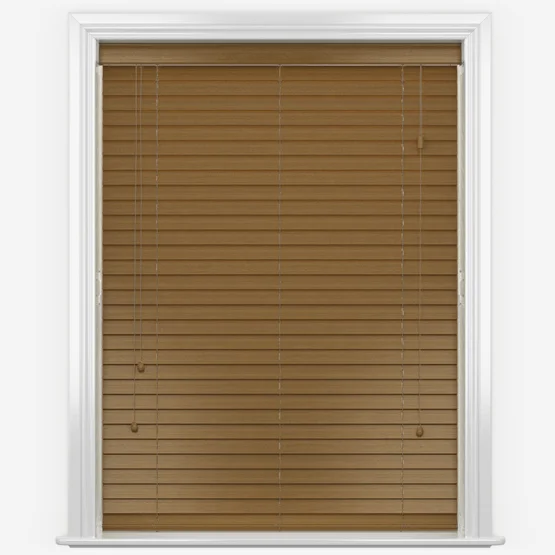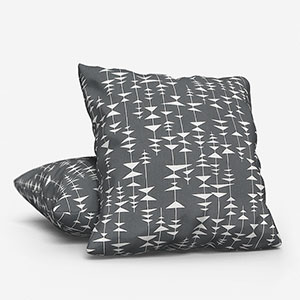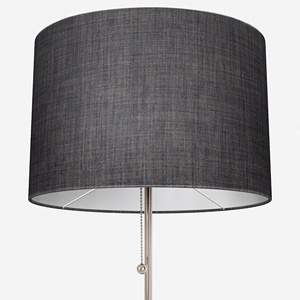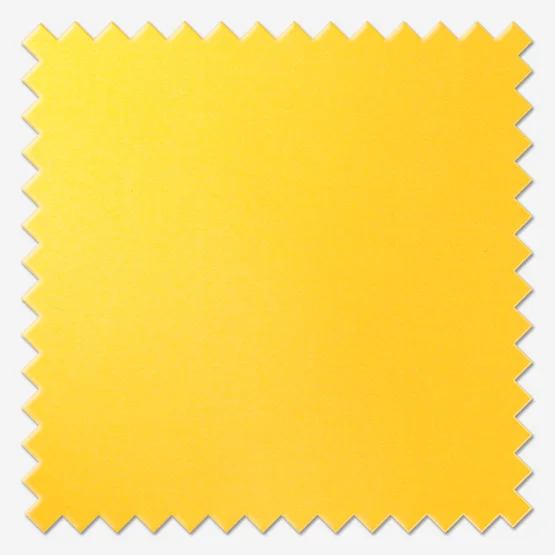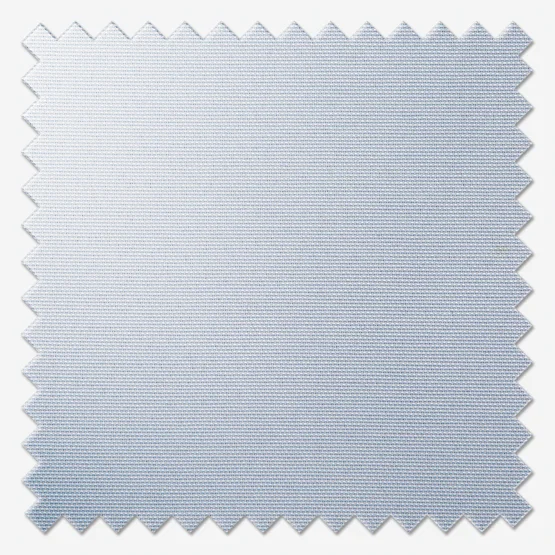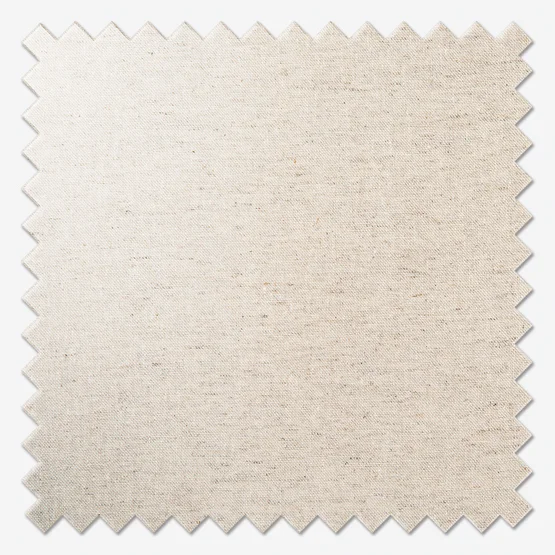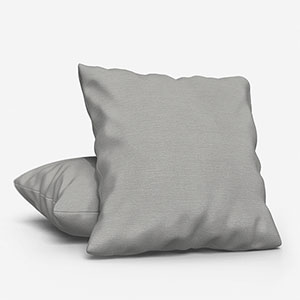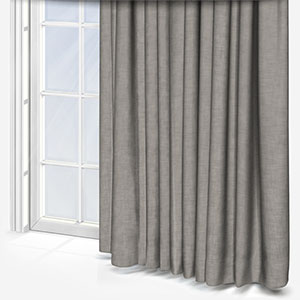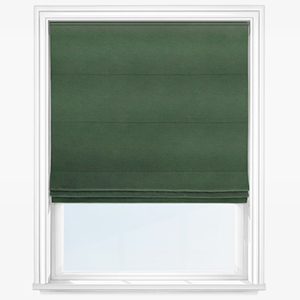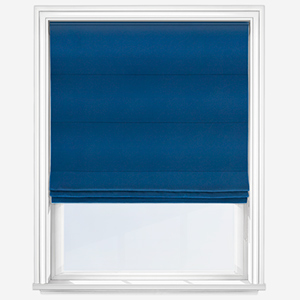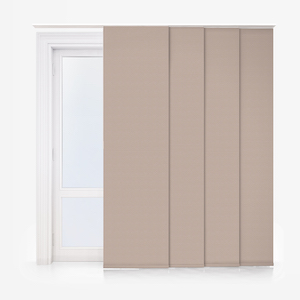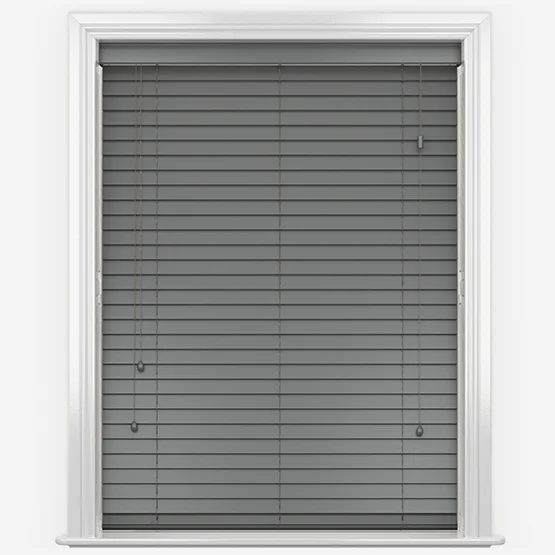
Trend Focus: Marvellous Minimalistic Design
Minimalist living has been a popular trend since the early 1990s. Today, it’s popular as ever but as with many design themes that have stood the test of time, minimalistic design has evolved. In today’s blog, we’ll be looking at this cool way to decorate your home, providing some top tips along the way.
What is minimalistic design?
Many think that minimalism is purely about empty space. While a clutter-free approach may be a part of this school of design, it’s more nuanced than that in the round.
Minimalism isn’t so much about a spartan attitude to life where you only need functional items, it’s about simplicity. This word should be your mantra throughout the design of any minimalist-inspired interior.
Slim silhouettes can be layered to great effect while maintaining a sleek overall minimalist theme. This will enhance the cosiness of the space and avoid the pitfalls of minimalism gone wrong, namely making a space feel cold and lifeless.
Creating a minimalist space is easier than you may expect. An important step is decluttering your space and maintaining it. This doesn’t mean binning your belongings, rather investing in slim profile storage units and keeping your items neatly tidied away. This orderly way of living will improve the chic nature of your home, and by creating an oasis of calm, help you relax mentally as well.
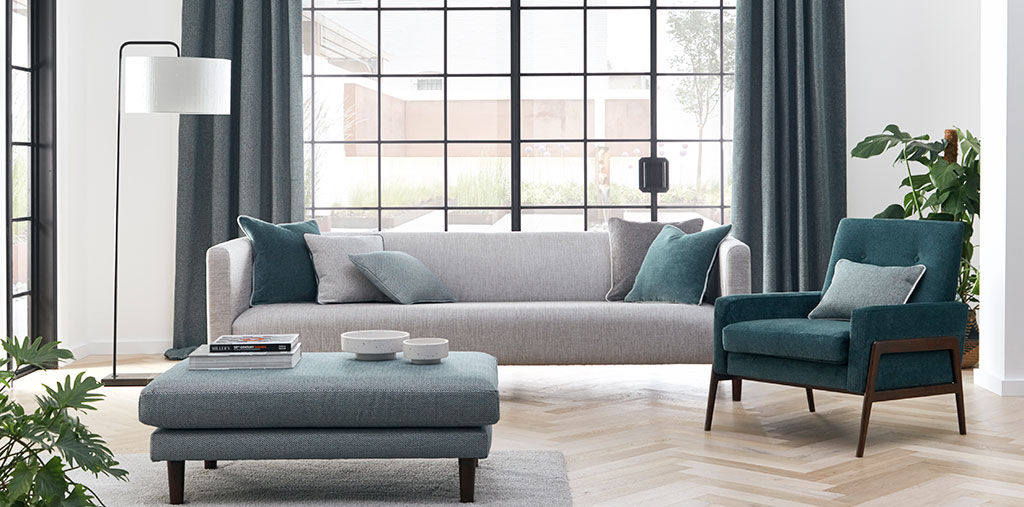
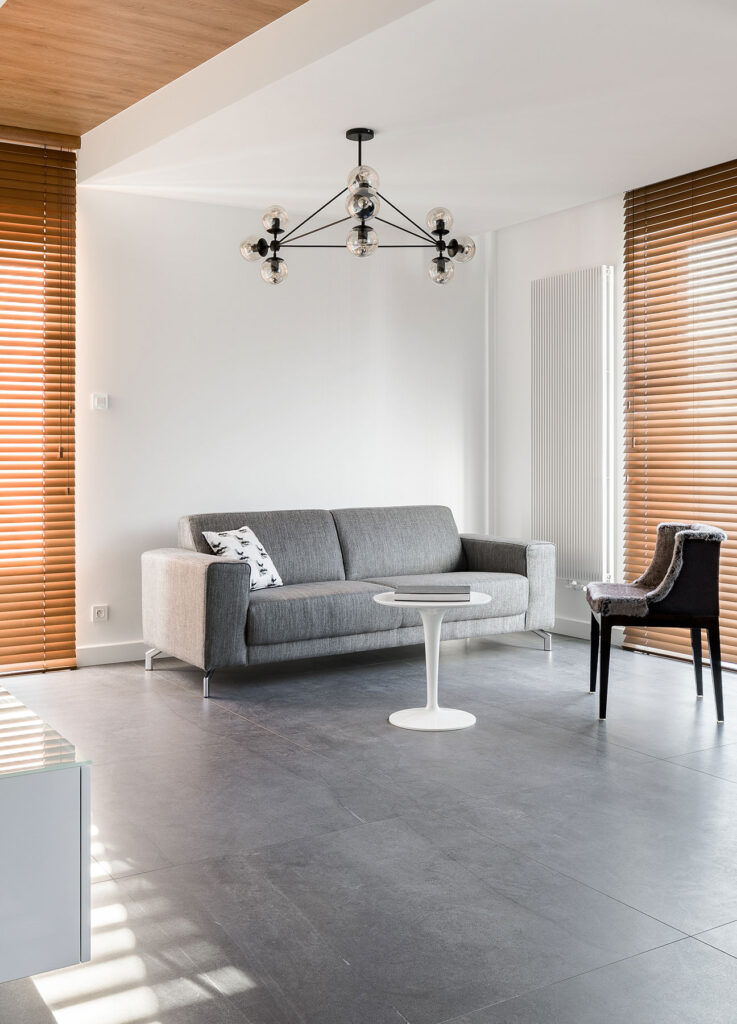
Where should I use minimalist design?
Minimalism can make a great statement in a variety of spaces including the living room, dining room and bedroom.
Smaller spaces benefit well from a minimalist design as it makes them appear larger and more open. Studies, smaller bedrooms and chill out areas are the perfect environments in which to try this style of design.
In all these spaces, apply the logic of minimal clutter. For furniture, as we’ve said before, look to pieces that are sleek and enjoy a slim profile. Simple tables and chairs and square fitted units work very well and for your windows, consider more shaped furnishings such as a roller blind or Roman blind. For a very stylish addition, large panel blinds or wavy allusion blinds will add function and style to your window with their smooth, fluid movements mirroring the sleek overall design.
If your objective is to incorporate the beauty of nature into your minimalist space, a striking wooden blind would serve you very well. The natural aesthetic elegance of the material combined with the rigid horizontal slats makes these blinds eminently suitable for this trend.
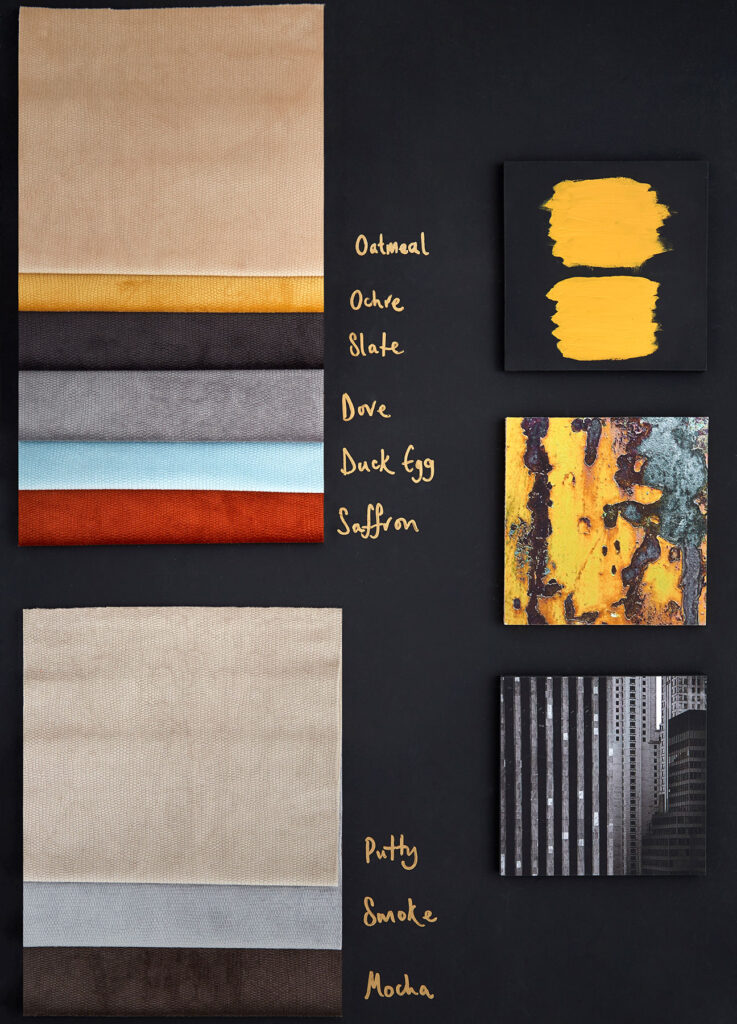
Colours for minimalist design
A core component of minimalist-inspired areas is a succinct colour palette. Traditional minimalist spaces were dominated by black and white schemes but as time has elapsed, these colours have developed and changed.
The best way to plan your colours is to pick a light, natural dominant colour. These can be traditional whites or even moving into more creamy beige tones. Next, look to a contrasting tone as a secondary colour. Tones of grey, black and even deep, dark blues can fulfil this role well. Window furnishings are the perfect place to introduce a secondary colour.
Finally, look to include a tertiary tone in your space to act as a spot colour. This will help you add a third dimension of depth into your space and help make it that little more dynamic. Again, keep to earthy tones such as sage or eucalyptus greens, powdery blues, or even rust oranges. To implement these colours, look to geometric patterned rugs, cushions, and lampshades to weave it in. If you can’t find a pattern that works, you can use block colours but make sure the colours are soft so as not to detract from the overall effect.
In the coming weeks we’ll be looking at the antithesis of a minimalist interior design. Keep your eyes open for the up coming maximalist blog which takes all the great ideas we’ve discussed today, turned them on their head and created an equally marvellous school of design.


